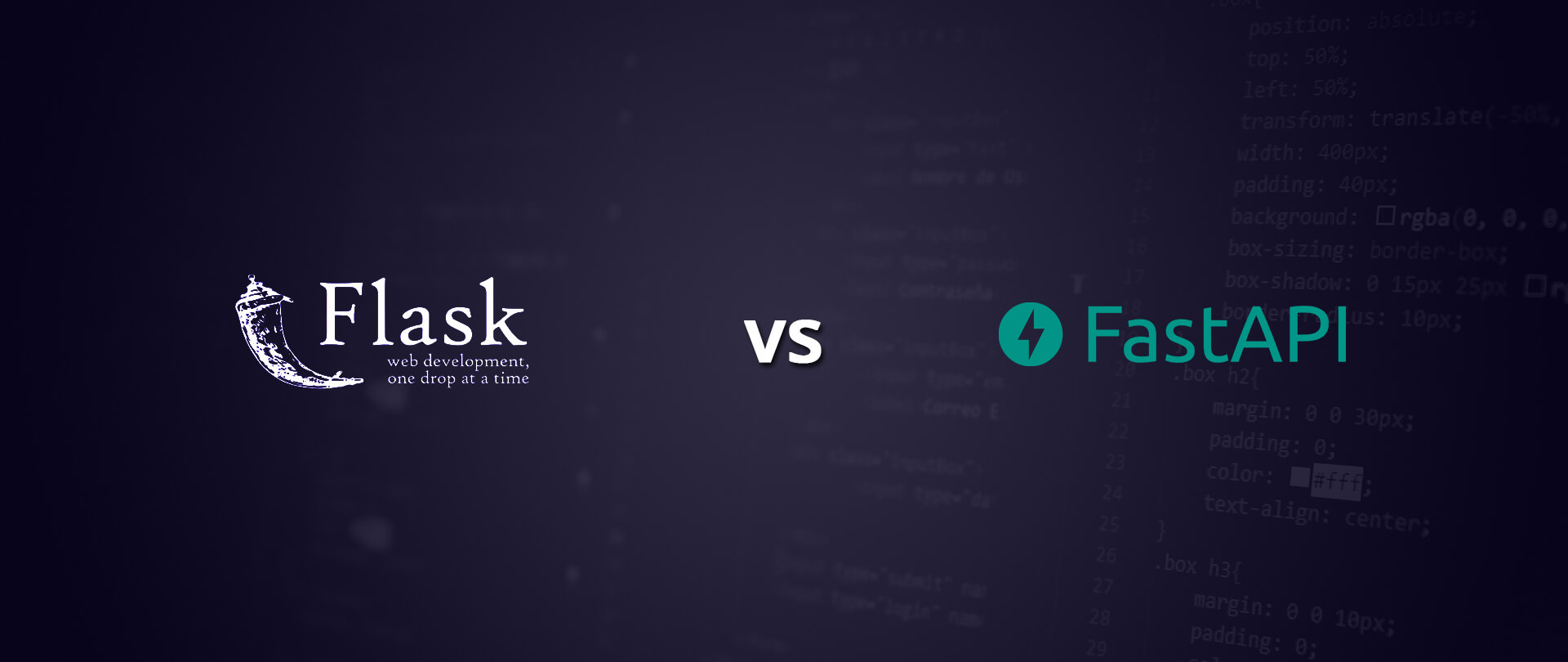FastAPI vs. Flask: Choosing the Right Framework for Your Project
When building web applications and APIs, developers have many options. Two widely used frameworks in the Python ecosystem are FastAPI and Flask. While both frameworks have their strengths and use cases, it’s crucial to understand their differences to make an informed decision.
FastAPI is a modern, high-performance web framework for building APIs with Python. It is known for its speed, scalability, and support for asynchronous programming. Compared to Flask, FastAPI offers several advantages, including automatic API documentation using OpenAPI and JSON Schema, built-in validation and serialization, and type annotations that enable auto-generated client SDKs.
Deep Dive into Flask
Conversely, Flask is a lightweight and flexible web framework that follows the “micro” philosophy. It provides the essential tools and features needed to build web applications, making it a popular choice for small projects and beginners. Flask is known for its simplicity and ease of use, allowing developers to get started without a steep learning curve quickly.
Performance Comparison
Regarding performance, FastAPI shines due to its asynchronous capabilities and efficient request handling. It utilizes the latest features of Python and leverages advanced concepts like type annotations and async/await syntax. FastAPI’s performance benchmarks often surpass those of Flask, making it an excellent choice for applications that require high throughput and low latency.
Ease of Use and Learning Curve
Flask’s simplicity makes it a breeze to get started with web development. Its minimalistic approach allows developers to focus on writing clean and concise code without unnecessary dependencies. On the other hand, FastAPI has a steeper learning curve due to its extensive features and support for async programming. However, developers familiar with Python and modern frameworks will find FastAPI rewarding once they grasp its concepts.
Community and Ecosystem
Flask has been around for a long time, leading to a mature and vibrant community. The availability of numerous plugins and extensions makes extending Flask’s functionality for various use cases easy. FastAPI, although relatively new, has gained significant traction and is backed by an active community. While its ecosystem is still growing, it offers essential plugins and libraries for most web development tasks.
Use Cases and Industry Adoption
Flask’s simplicity and flexibility make it ideal for small to medium-sized projects, prototypes, and personal websites. It is often used for building simple REST APIs, static websites, and blogging platforms. FastAPI, on the other hand, is well-suited for larger applications that require high performance and scalability, such as real-time APIs, machine learning models, or microservices architected systems.
FAQs
Is FastAPI suitable for small projects?
Yes, FastAPI can be used for small projects. While it may have a steeper learning curve than Flask, it offers superior performance and scalability, which can benefit even small projects in the long run.
Can I migrate from Flask to FastAPI easily?
Migrating from Flask to FastAPI can be manageable if you have a well-organized Flask codebase. However, the differences in design philosophy and features may require some rewriting and adjustment of existing code.
Which framework is better for building REST APIs?
Both FastAPI and Flask are suitable for building REST APIs. FastAPI’s async capabilities make it a compelling choice if performance and scalability are crucial. On the other hand, Flask’s simplicity and ease of use can be advantageous for smaller or simpler API projects.
Which framework has better documentation?
Both FastAPI and Flask have well-documented official documentation. However, Flask’s documentation is considered more extensive due to its extended history and the larger community.
Which framework is more actively maintained?
Both FastAPI and Flask have active maintainers and communities. Flask has been around for a longer time, and its stability is well-established, while FastAPI’s growing popularity ensures continuous improvements and updates.
Conclusion
Both FastAPI and Flask offer distinctive advantages and cater to different use cases. Flask’s simplicity makes it a fantastic choice for beginners, small projects, and quick development cycles. On the other hand, FastAPI’s async capabilities and performance make it ideal for high-performance applications or use cases where scalability is crucial. Ultimately, the choice between FastAPI and Flask depends on the specific needs of your project and your familiarity with Python frameworks.





